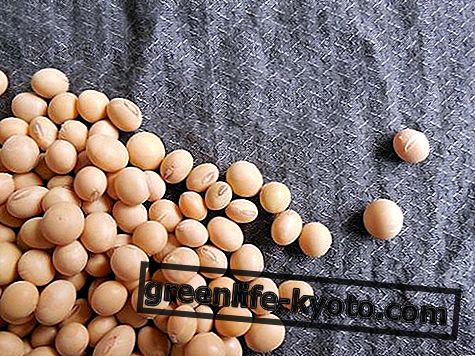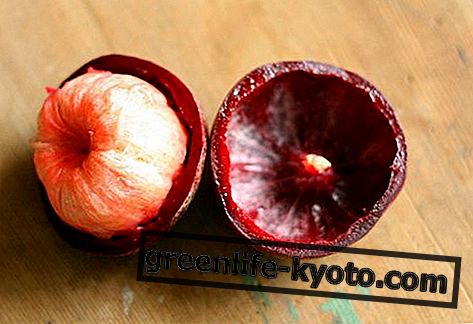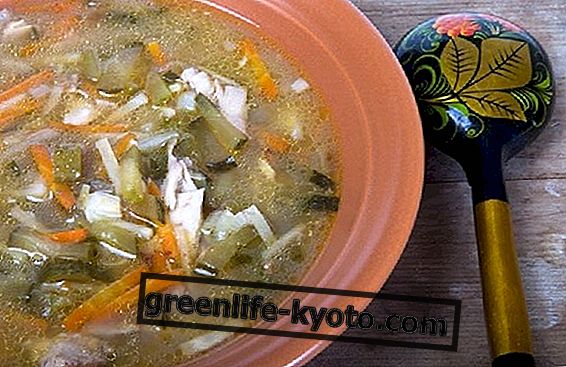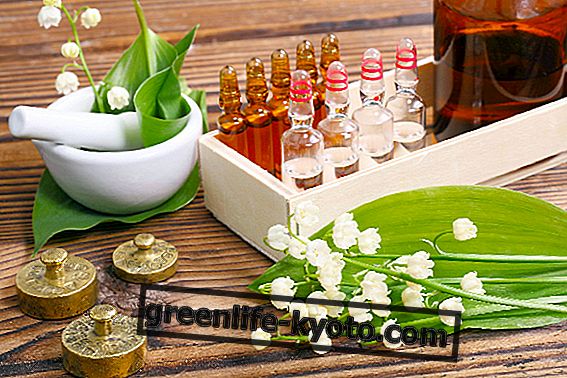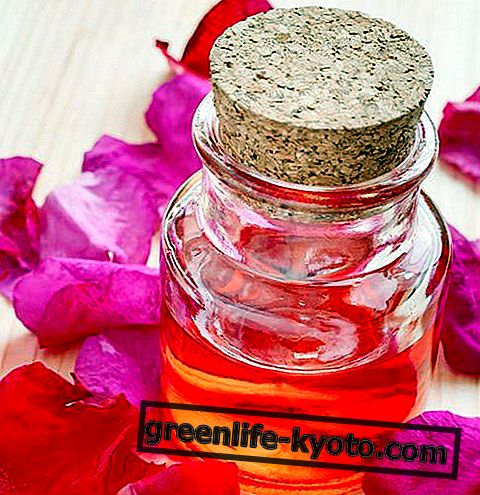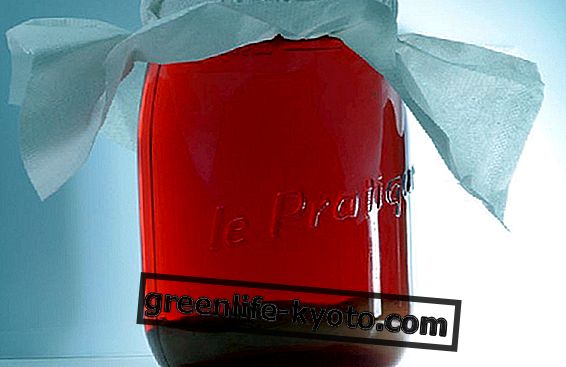
Menopause is a condition characterized by hot flushes, mood disorders and other symptoms that can be counteracted even with natural remedies : let's see which ones.
What are menopausal disorders
The term menopause refers to the cessation of menstruation, a phenomenon that normally occurs around the age of fifty as a consequence of the reduction of estrogen and progesterone by the ovaries.
Menopause causes various types of disorders that can affect the gynecological system, circulation, skeletal system or behavior.
Menopausal disorders include, for example, hot flushes, headaches, dryness of the skin and mucous membranes, anxiety and depression, fatigue, loss of memory and concentration, overweight and bone decalcification.
Normally the symptoms of menopause are treated with the administration of hormones that reduce hot flashes, slow down the decalcification of the bones, improve hydration of the skin and mucous membranes and improve mood.
Hormonal treatments are contraindicated in some situations, such as diabetes and hypertension, therefore it is advisable to consult a doctor.
Phytoestrogens: useful aid for menopausal disorders
Phytoestrogens are substances of plant origin with chemical structure and action similar to estrogen. They are very common in nature and there are different types: isoflavones and cumestrani are the phytoestrogens that have shown a marked estrogenic activity compared to the others.
Isoflavones are present in many foods, particularly in legumes. For example, soy contains large amounts of genistein and daidzein, two isoflavones that have shown significant estrogenic activity.
The intake of phytoestrogens through the diet is in any case insufficient and it is more convenient to resort to supplementation using preparations based on isoflavones starting from the premenopause, ie the period that anticipates menopause, characterized by menstrual irregularities.
Natural remedies in menopause
The main natural remedies used to combat the symptoms of menopause are cimicifuga, soy, red trioglio and sage. These remedies are taken orally to fight hot flashes, mood swings, prevent bone demineralization; to combat vaginal dryness in menopause, they are used instead in the form of extracts inserted in the formulation of gels and detergents with a moisturizing and lubricating action.
> The cimicifuga ( Cimicifuga racemosa ) is a perennial herbaceous plant native to the temperate zones of North America and known as the grass of women. The drug consists of dried roots and rhizomes and is generally taken as an alcohol extract or dry extract in capsules.
> Soy ( Glycine max ) is a legume that is widely used for food and is one of the richest foods in isoflavones. The drug consists of seeds and is taken as an extract.
> Red clover ( Trifolium pratense ) is another remedy used for menopausal disorders due to its phytoestrogen content. Flowers are always used as an extract.
> Sage ( Salvia officinalis ), whose drug is made up of flowered and dried tops, is rich in natural phytoestrogens and is used to combat the symptoms of menopause. It is taken in the form of mother tincture and appears to be effective against hot flashes and night sweats, typical and early signs of menopause.
Read also The diet for menopause >>

